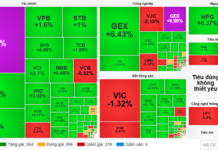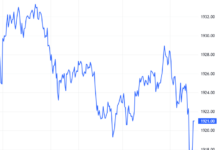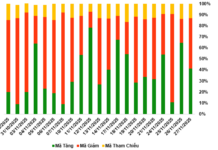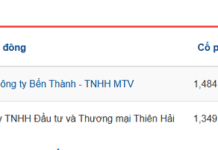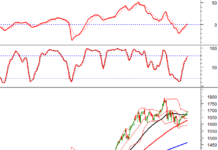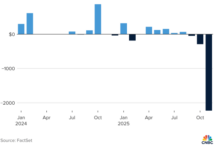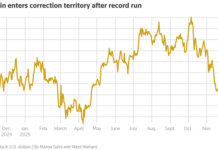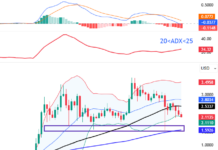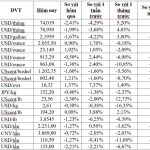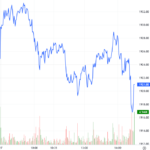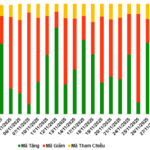On July 3, the Price Management Department of the Ministry of Finance, in collaboration with the Institute of Economics and Finance, held a workshop on market and price developments in Vietnam in the first half of 2024, along with predictions for the rest of the year. During the workshop, experts discussed solutions for the gold market.
According to economic expert Ngo Tri Long, the domestic gold market has been in turmoil since the end of 2023. The price of SJC gold bars once reached 92.4 million VND per tael, the highest in history. The surge in domestic gold prices was attributed to the sharp rise in global gold prices, supply-demand imbalances, and limited supply.
As a short-term solution to address the gold market’s issues, Mr. Long suggested that authorities should import gold through official channels to resolve the shortage of supply. The State Bank should import only a sufficient amount of gold to stabilize the market when the balance of payments is relatively favorable and exchange rate pressures ease.
Mr. Long also pointed out the existence of a dual gold pricing system, where the “black market” gold price is 3-4 million VND per tael higher than the price offered by SJC and state-owned banks. He argued that the current stabilization measures do not adequately meet the people’s gold demands in terms of quantity. It is not easy for people to purchase large quantities as the gold stabilization units sell limited amounts, allowing only one tael per transaction.

Expert Ngo Tri Long proposes solutions to address gold-related issues at the workshop on market and price developments on July 3.
“Our insistence on stabilizing gold prices at all costs will impact exchange rates and inflation. The State Bank should consider more effective alternatives. Following the example of countries like the US and European nations during periods of gold price tension, physical gold ownership could be restricted, allowing only gold certificates and deposits at the central bank, which could offer interest on gold deposits,” suggested Mr. Long.
To address the issues in the gold market, Mr. Long recommended that authorities urgently amend Decree 24 on gold trading. He suggested returning the production and trading of gold bars to enterprises, creating a distribution system that benefits people from all regions and provides convenient transaction conditions. He emphasized the need to create a level playing field for all economic sectors, serving a large number of people from urban to rural areas. Additionally, he proposed that commercial banks should not act as the primary gold bar trading intermediaries.
Mr. Long asserted that de-dollarization cannot be achieved through administrative solutions but by shifting transactions from gold bars to other gold-related products (gold certificates, derivatives) on a centralized trading platform.
Sharing a similar viewpoint, Associate Professor Dr. Vo Thi Van Khanh from the Faculty of Business Administration at the Academy of Finance, recommended strict management of gold bar production and trading activities. She emphasized the importance of timely rectification and strict handling of violations in gold bar production and trading. Authorities should also address illegal activities such as smuggling, profiteering, speculation, price manipulation, and unfair competition.
Dr. Ha Thi Doan Trang from the Faculty of Public Finance at the Academy of Finance predicted that gold prices would stabilize in the latter part of the year, fluctuating around the current price levels. According to Dr. Trang, building a professional and internationally standardized gold market is essential for long-term stability.
Market Update on February 2nd: Oil, Copper, Iron & Steel, Rubber, and Sugar Prices Decline, Gold Surges to Almost 1-Month High.
At the end of the trading session on February 1st, the prices of oil, copper, iron and steel, rubber, and sugar all dropped, while natural gas hit a nine-month low and gold reached its highest point in nearly a month.

